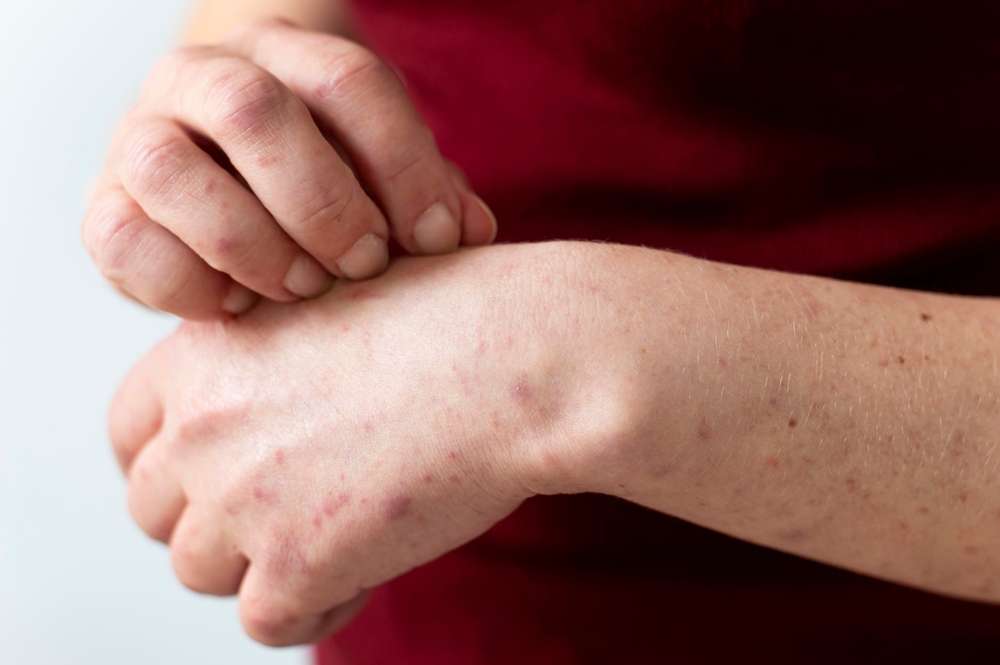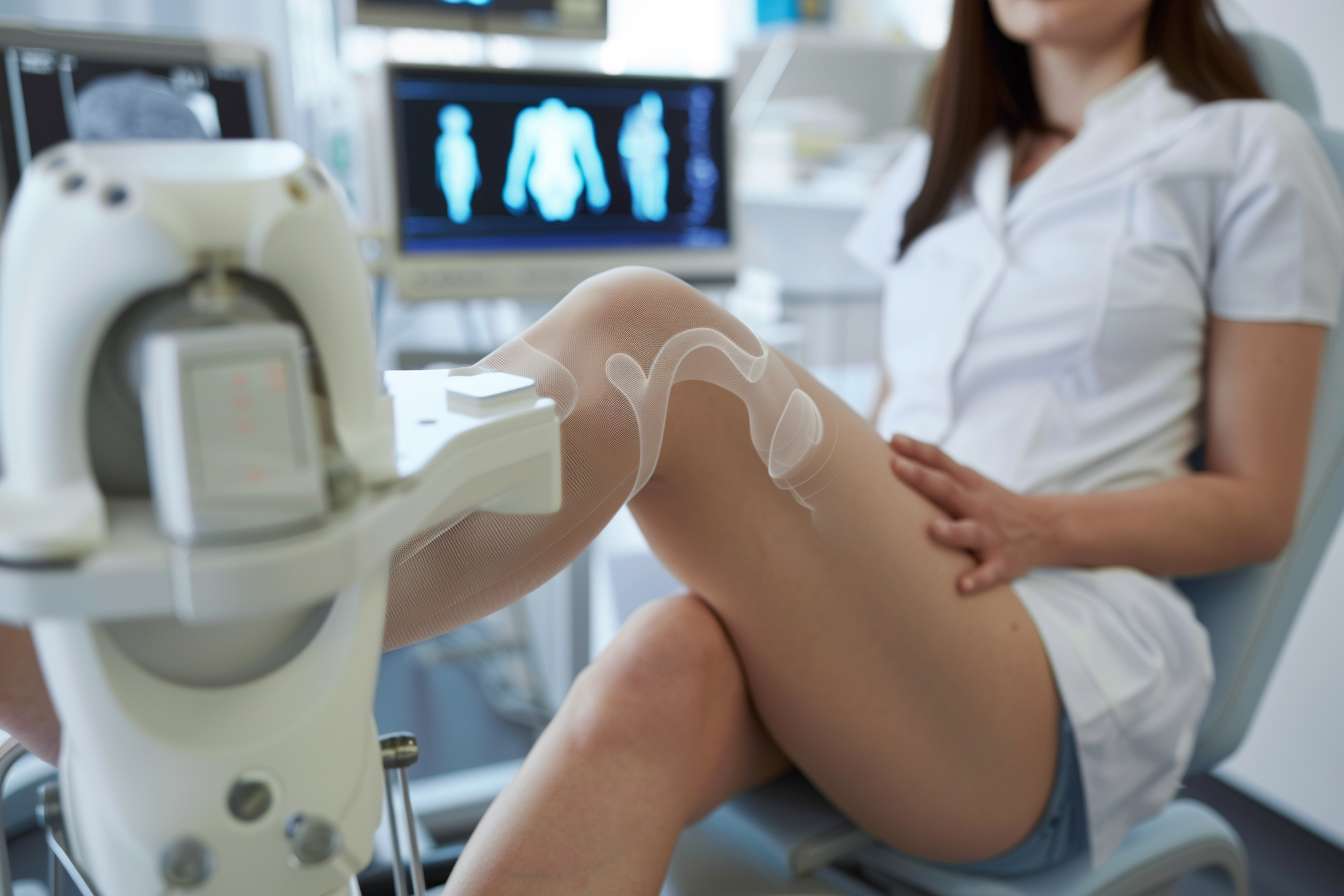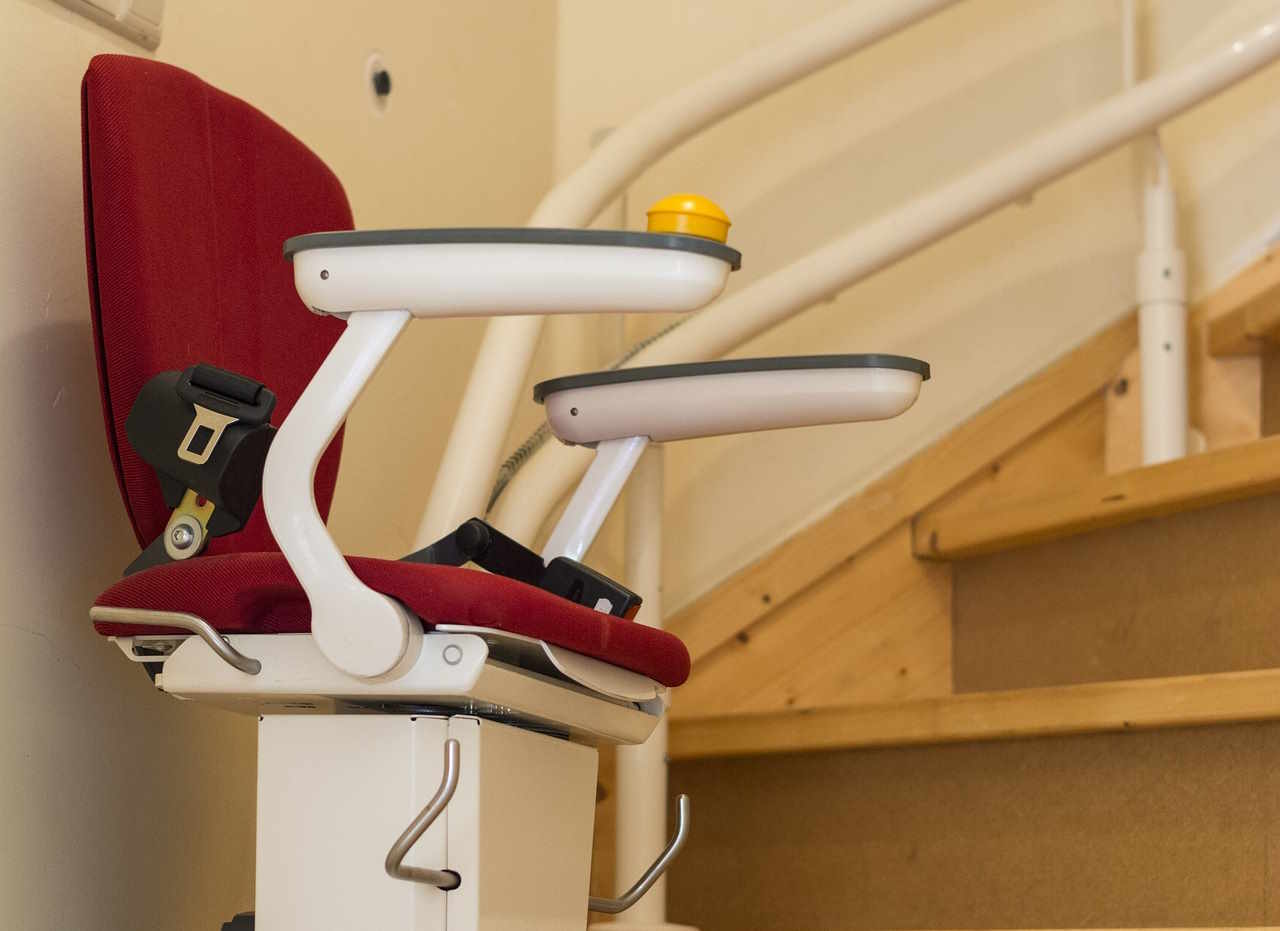How to Identify Plaque Psoriasis (And Not Mistake It)
Plaque psoriasis affects millions of people worldwide, yet it's frequently confused with other skin conditions like eczema or dermatitis. This chronic autoimmune condition creates distinctive raised, scaly patches on the skin that can significantly impact quality of life. Understanding the specific characteristics of plaque psoriasis and knowing how to distinguish it from similar conditions is crucial for getting proper treatment. Early identification can lead to better management and prevent the condition from worsening over time.

Recognizing plaque psoriasis correctly requires understanding its unique visual characteristics and distinguishing features. Many people struggle to identify this condition because several other skin disorders share similar symptoms, leading to delayed treatment and unnecessary discomfort.
What Plaque Psoriasis Looks Like
Plaque psoriasis presents as well-defined, raised patches of inflamed skin covered with silvery-white scales. These plaques typically appear red or pink on lighter skin tones and may appear darker purple or brown on darker skin tones. The patches often have clearly defined borders and can range from coin-sized spots to large areas covering significant portions of the body. The scales on top of the plaques are typically thick and can flake off when scratched or rubbed. Common locations include the elbows, knees, scalp, lower back, and around the nails.
Skin Conditions Often Mistaken for Plaque Psoriasis
Several skin conditions share similarities with plaque psoriasis, making accurate identification challenging. Eczema, also known as atopic dermatitis, often causes red, itchy patches but typically lacks the thick, silvery scales characteristic of psoriasis. Seborrheic dermatitis can appear similar on the scalp but usually produces yellowish, greasy scales rather than the dry, silvery ones seen in psoriasis. Contact dermatitis may cause red, inflamed patches but typically occurs only in areas exposed to irritants and resolves when the trigger is removed. Fungal infections can create scaly, red patches but often have a different pattern of spread and may respond to antifungal treatments.
5 Warning Signs of Plaque Psoriasis
Recognizing the key warning signs can help distinguish plaque psoriasis from other conditions. First, look for thick, silvery-white scales that build up on red, inflamed patches of skin. Second, notice if the patches have well-defined, raised borders that clearly separate affected skin from healthy skin. Third, observe whether the condition affects typical psoriasis locations like elbows, knees, scalp, or lower back symmetrically. Fourth, pay attention to whether the patches persist for weeks or months without improvement, as psoriasis is a chronic condition. Fifth, notice if removing the scales reveals small bleeding points underneath, known as the Auspitz sign, which is characteristic of psoriasis.
How Doctors Confirm the Diagnosis
Healthcare professionals use several methods to accurately diagnose plaque psoriasis. Visual examination remains the primary diagnostic tool, as experienced dermatologists can often identify psoriasis based on the appearance and location of lesions. Medical history plays a crucial role, including family history of psoriasis or other autoimmune conditions, as genetics significantly influence psoriasis development. In uncertain cases, doctors may perform a skin biopsy, removing a small sample of affected skin for microscopic examination. This procedure can definitively distinguish psoriasis from other conditions with similar appearances. Additionally, doctors may use dermoscopy, a specialized magnifying tool, to examine the skin’s surface more closely and identify characteristic features.
| Treatment Type | Provider/Product | Cost Estimation |
|---|---|---|
| Topical Corticosteroids | Generic brands (CVS, Walgreens) | $15-50 per tube |
| Vitamin D Analogues | Dovonex, Vectical | $200-400 per tube |
| Topical Retinoids | Tazorac, Avage | $300-500 per tube |
| Biologic Injections | Humira, Enbrel, Stelara | $5,000-7,000 per month |
| Phototherapy Sessions | Dermatology clinics | $75-150 per session |
| Oral Medications | Methotrexate, Cyclosporine | $50-200 per month |
Prices, rates, or cost estimates mentioned in this article are based on the latest available information but may change over time. Independent research is advised before making financial decisions.
Treatment Options and Effective Management
Effective treatment for plaque psoriasis involves various approaches depending on severity and individual response. Topical treatments form the foundation of psoriasis management, including corticosteroids, vitamin D analogues, and topical retinoids. These medications help reduce inflammation, slow skin cell production, and remove scales. For moderate to severe cases, systemic treatments may be necessary, including oral medications like methotrexate or cyclosporine, or newer biologic drugs that target specific immune system components. Phototherapy, using controlled exposure to ultraviolet light, can be highly effective for widespread psoriasis. Lifestyle modifications, including stress management, maintaining a healthy weight, and avoiding known triggers, play important supporting roles in treatment success.
Accurate identification of plaque psoriasis requires careful attention to its distinctive characteristics and proper medical evaluation. Understanding what to look for, knowing common conditions that mimic psoriasis, and recognizing when to seek professional help can lead to earlier diagnosis and more effective treatment. With proper identification and appropriate treatment, most people with plaque psoriasis can achieve significant improvement in their symptoms and quality of life.
This article is for informational purposes only and should not be considered medical advice. Please consult a qualified healthcare professional for personalized guidance and treatment.




